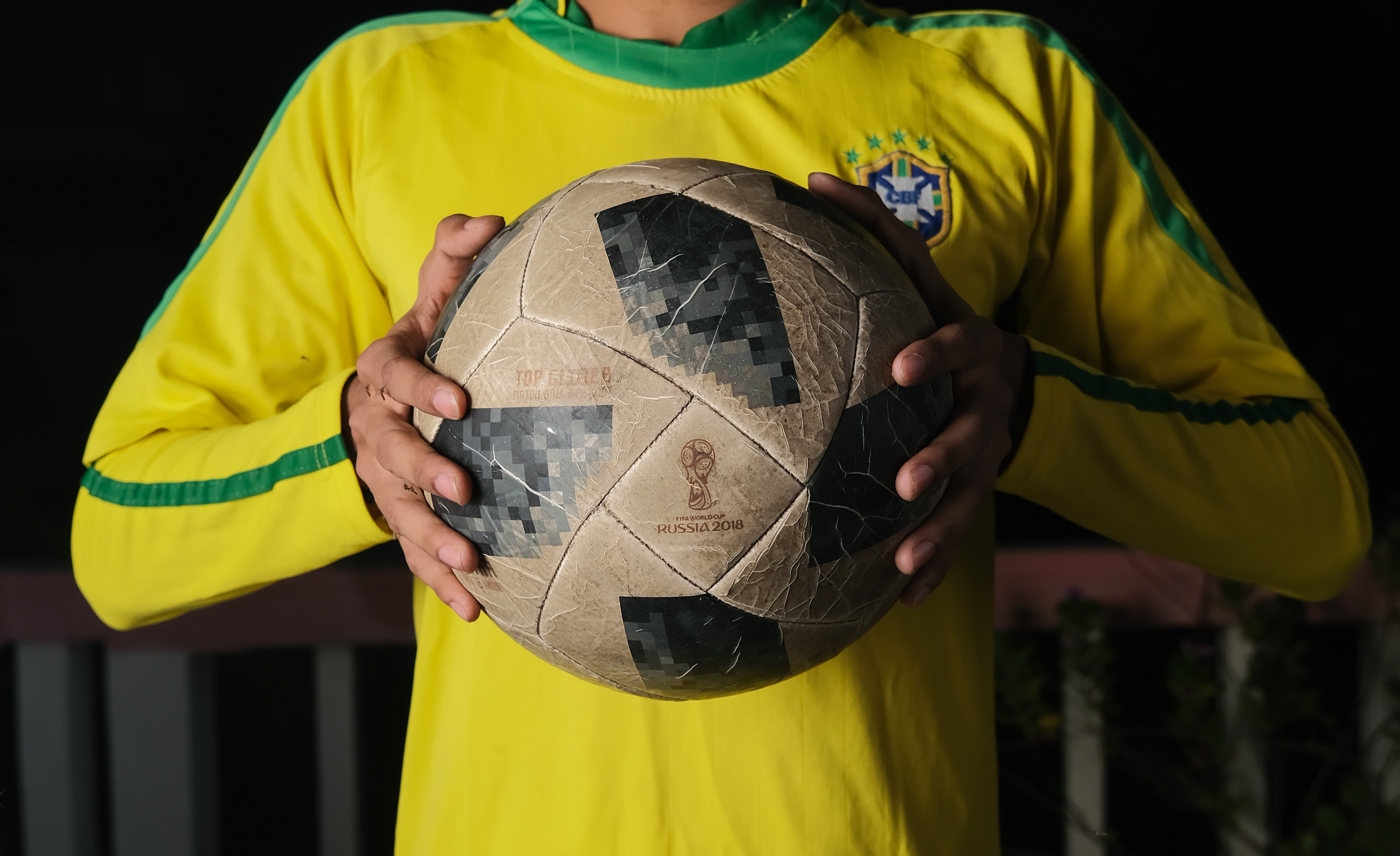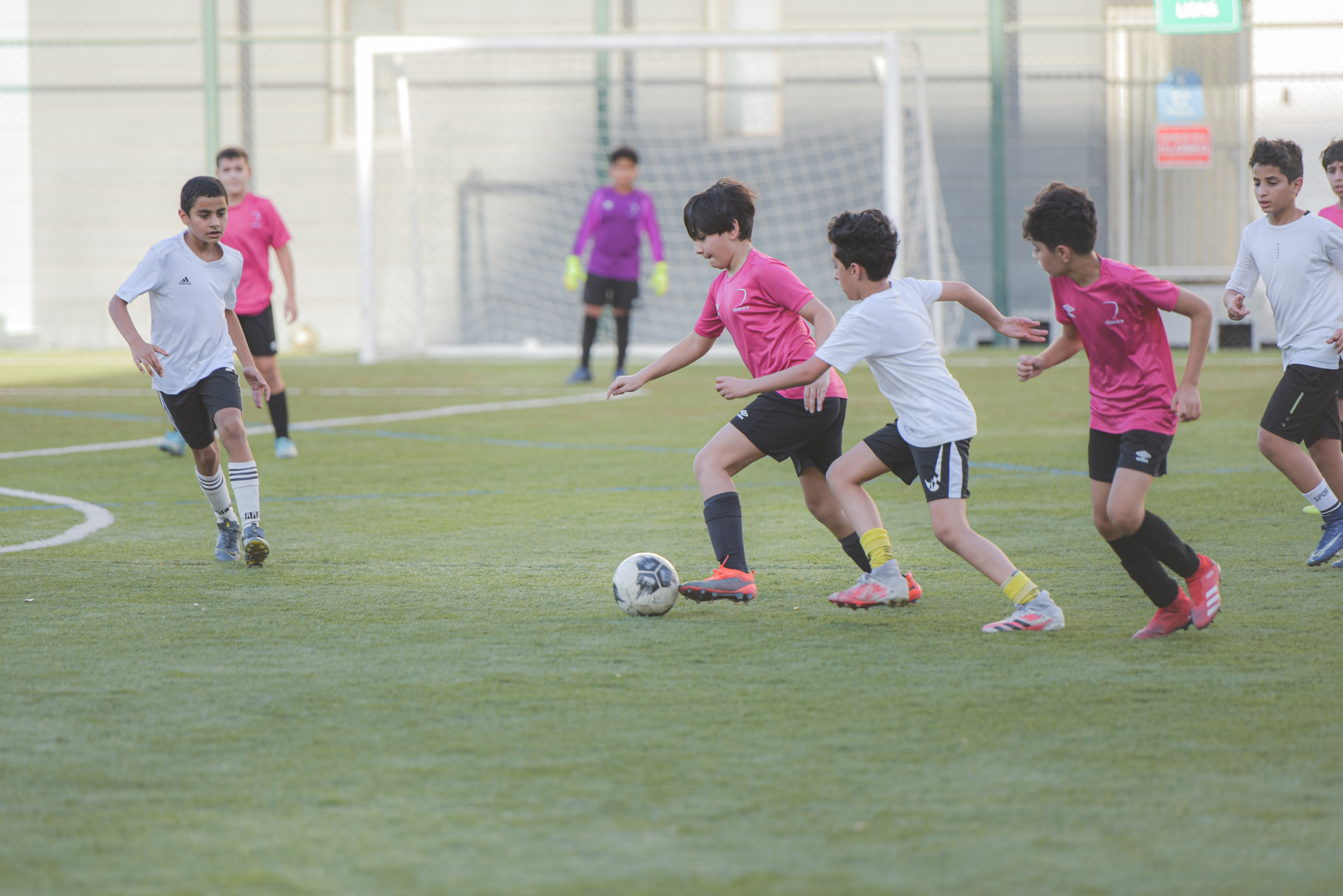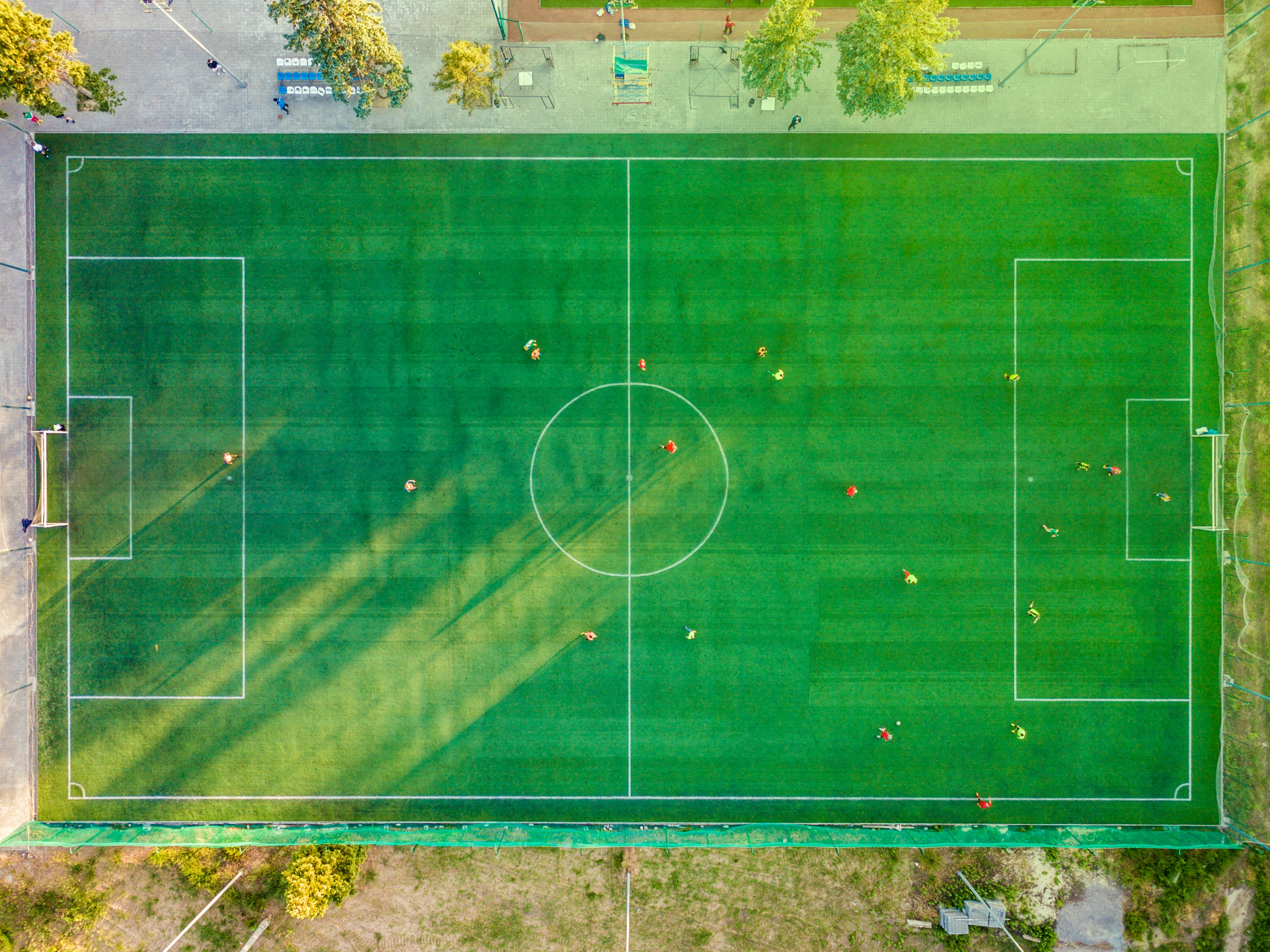Game Mechanics
Robin Hunicke, Mark Leblanc, and Robert Zubek who authored the MDA framework for games defined Game Mechanics as the components of the game, at the level of data representation and algorithms. (ie. The Rules for the game).
Game designers Tracy Fullerton and Chris Swain broke game mechanics into individual game elements without which a game can not exist. They referred to these elements as the Formal Elements.
Formal Elements
- Objectives or Goals : what the player must strive to accomplish
- Rules : what the player can and cannot do
- Procedures : steps to playing the game
- Players : individuals playing the game
- Resources : game assets that aid the player
- Conflict : the obstacles that the player encounters
- Boundaries : the limitations to what the player can do
- Outcomes : a winner, looser or draw
If we consider the differences between a game and play we can clearly see how the elements listed above are essential to a game.
Objective or Goal
Play is just for the sake of amusement, but a defining factor of a game is that it has an objective or goal. For simplicity let's refer to these both as the objective and the objective of a game is defined as what the players are trying to accomplish. Furthermore, player involvement can be measured by their motivation to work towards the game goal.
When designing a game, game designers often start by defining the game's objective. What is it that the player has to do in order to win or progress?
Let's take the game of Soccer, the objective is to take the ball over the goal line into the goal net.

When designing a game it is a good idea to start with one main objective; as the game is further developed sub-objectives can be incorporated into the game. Sub-objectives can enhance games by providing short term or optional challenges for your players to take up. The dynamics of the game could also lead to player-defined objectives.
Rules and Procedures
Once the objective of the game is defined the next step is to develop the rules and procedures.
Play: Go Fish
📝Critical Thinking | 🕒30 minutes | 📂Required Resources: Playing Cards
This activity is designed to help students identify what rules are necessary to a game's game mechanics, what rules entice gameplay, and what rules are non-essential in game development.
Discussion
Play a round of Go Fish using the standard rules. Next play a round of Go Fish, removing one of the rules. Play one last round adding a new rule to the game. Discuss if the game was playable without the excluded rule and how the game was different with the new rule.
The rules are the instructions that dictate how the player can achieve their goal. Specifically what action one can and can not do in the game.
Rules must clearly define:
- the objective of the game
- what actions are allowed and not allowed
- the effects of certain actions.
Not every rule is critical to a game. Avoid adding rules that are non-essential or overly complex.
Going back to the example of soccer, the rules state that all players except for the goalkeeper can not pick up the ball with their hands, instead the ball can only be kicked forward toward the goal.

The limiting actions defined by the rules create a sense of challenge, which is an element of gameplay, which we will discuss further in later sections.
Procedures are the actions or methods allowed by the rules. If the rules state what actions one can and can not do, the procedures tell you who, what, where, when and how those actions take place.
Going back to our soccer example the procedures for playing state:
- Game starts with a kickoff, determined by a coin toss
- From the center of the field, the kickoff team will kick the ball
- The first player to kick the ball must pass to another to start the game
Aside from game procedures, there might also be system procedures, which are used to calculate and randomize aspects of the game. In physical games, these procedures can be controlled by dice or cards while in digital games these conditions are programmed into loops.
When designing a game the rules and procedures go hand and hand. Sometimes the order of a rule is just as important as the rule itself. Only through playtesting can designers assess the rules and procedures of a game and how they impact the gameplay dynamics.
Players
Remember that the game design must be an advocate for the player, and as such the first consideration in designing any game is to define who that player is.
As the rules and procedures begin to take shape it is also important to identify the number of players and how those players will interact with the game and each other.
In the game of soccer, there are 11 players on each team and two opposing teams. Each team has a designated goalkeeper.
Have you ever wondered why there are 11 players per team for a soccer game but only nine players per team for a basketball game? How did these numbers come about?
When designing a game, not only does the number of players impact the game but so does each player's role in the game. Game designers need to be aware of these player dynamics and how they can affect the game.

In addition, there should be an invitation to play the game, in other words, why should the play want to play this game? This goes back to the objective of the game, is the objective motivating enough to the player?
Earlier we discussed the magic circle, the fictional reality in which players buy into the rules of the game. Players have to voluntarily accept the rules to enter the magic circle. Defining clear and concise rules help the player accept the game's reality, while poorly developed rules will leave the player guessing and ultimately break the magic circle.
Player Interaction Patterns
Not only is the number of players and their roles important but how the players interact with each other is equally important. How different would soccer be if there were no teams and all players were competing against each other, or simply against a single goalkeeper? Would it be the same game?
Play: Tic-Tac-Toe
📝Critical Thinking | 🕒30 minutes | 📂Required Resources: Playing Cards
This activity is designed to help students understand how the construct of players affects the game mechanics.
Discussion
Redesign the game Tic-Tac-Toe into a game that can be played by 3 or more players. Discuss what changes were made and how well did the redesign work.
The most common player interaction patterns include:
- Single Player: player competes against the game system
- Multi-Individual : multiple players compete against the game in the company of others
- Player vs Player : two players directly competing.
- Unilateral Competition : two or more players compete against one
- Multilateral Competition : 3 or more players directly compete
- Cooperative Play : players work together against the game
- Team Competition : two or more groups compete against each other
Resources
Resources are game assets that aid in the player reaching their objective. Resources must have both utility and scarcity.
Some common types of game resources include:
- Lives
- Units
- Health
- Currency
- Actions
- Power Ups
- Inventory
- Special Terrain
- Time

The rules and procedures of a game should define when and how the player can use the resources in the game.
Conflict
Conflict is the opposing force which the player works to overcome in order to achieve their objectives.
Conflict is built into the game through the rules and procedures. Some classic sources of conflict come from:
- Obstacles: physical or mental barriers that the player must overcome.
- Opponents: other players are the most common type of opponent in any multiplayer game.
- Dilemmas: a difficult choice that the player must make.

Conflict is not to be confused with challenge. To differentiate the two let us define them as follows:
- Conflict - to be at odds with someone or something.
- Challenge - to arouse or stimulate, especially by presenting with difficulties/conflict.
Given the definitions above we can make the connection that conflict creates a challenge. In the game of soccer conflict is defined by the boundary of the playing field (obstacle) the other opponents on the other team and the dilemma of which teammate on your team to pass the ball to. The challenge is to develop skills that will allow oneself to overcome these conflicts with speed and precision.
While challenge relates to conflict, it is not an element of game mechanics but instead an element of gameplay, which will be discussed further in later sections.
Boundary
Boundaries are the limiting factors that only apply within the game world (magic circle) and not the "real world".

Boundaries can be physical : like the edge of an arena, playing field, or game board. In digital games, boundaries are more conceptual than physical.
It is also important to note that some games do not require strictly defined boundaries to work
Outcome
Outcome is the result at the end of the game. Outcomes must be uncertain and should be resolved in a measurable and unequal outcome.

Balance is an important aspect of outcomes because balance refers to the perception that the game is consistent, fair, and fun. Also note that we say perception, after all many carnival-style games are totally rigged, but there is a certain perception that we might win, which keeps the player playing.
Defining Game Mechanics
To summarize game mechanics can be defined as the construct of all formal game elements, predominantly the rules and procedures, intended to produce enjoyable gameplay.
Gameplay consists of all player experiences primarily the challenges, choices, and consequences that the player faces within the game.